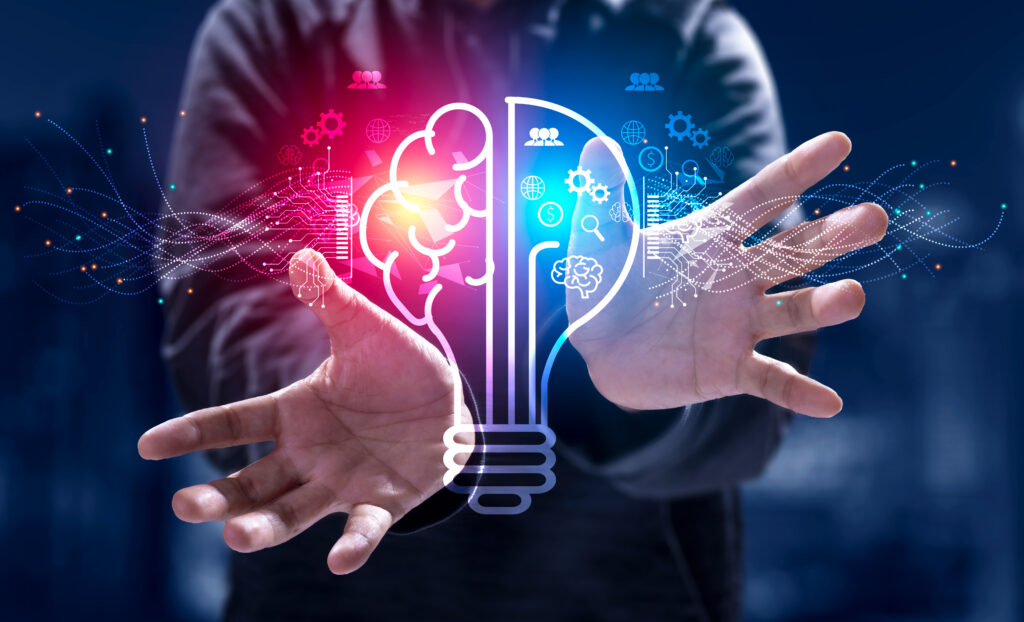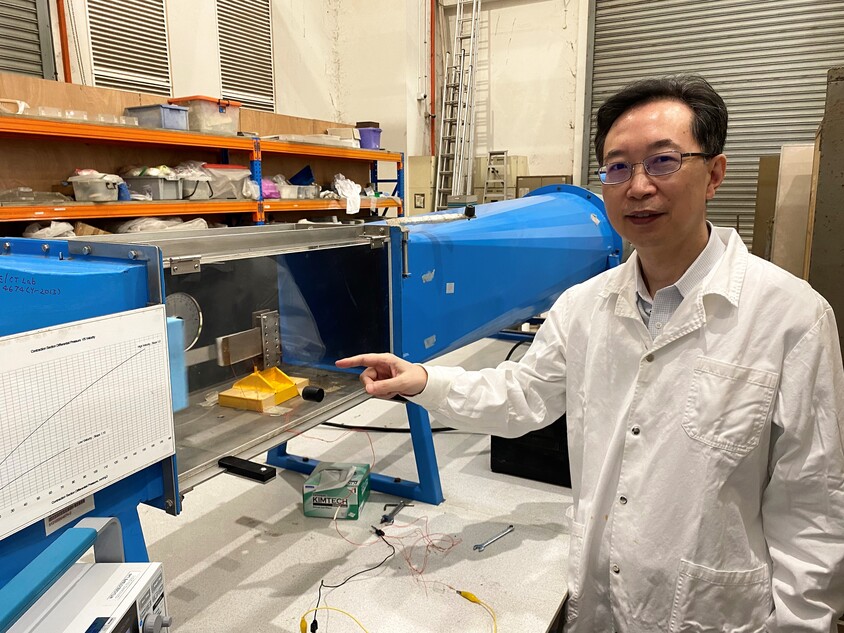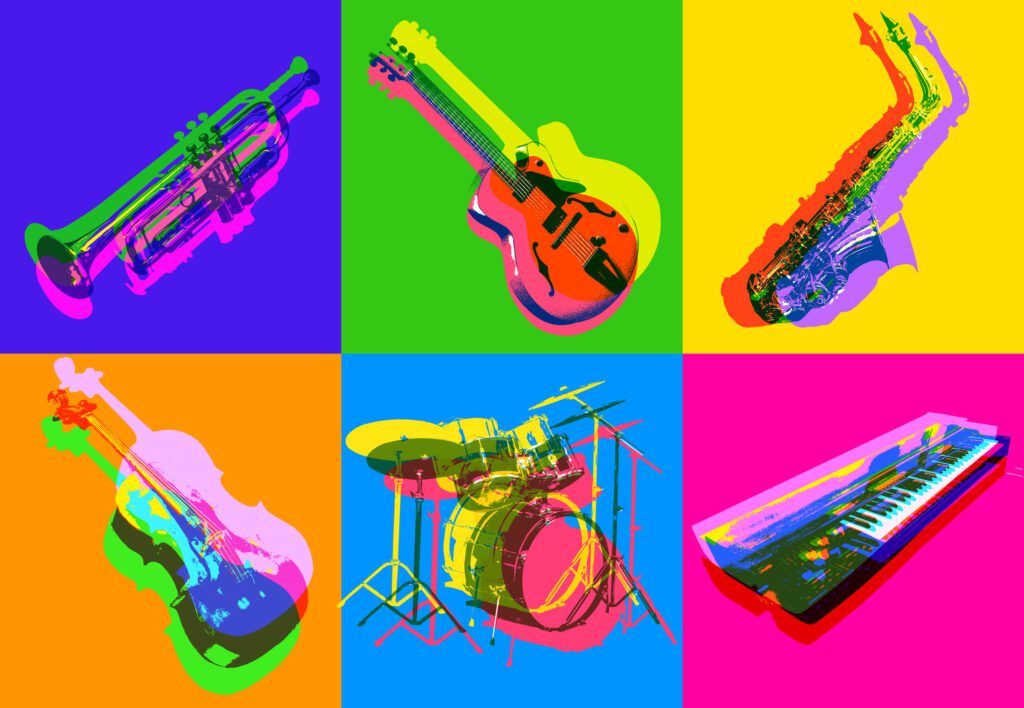There’s no question that technology has profoundly changed the way we live — how we pay for groceries, watch our favorite shows, browse restaurant menus, and so much more. While these are all seemingly ordinary interactions in modern day, they are woven with extraordinary innovation. It’s easy to forget the level of technology involved in simply “tapping” a card to pay a bill or uploading a photo to social media. Pretty amazing, right?
Below, we compiled a list of several technological inventions that have transformed many of our day-to-day lives — from software that recognizes our faces to apps that changed group dining for the better. As we reflect on how much has changed, it’s exciting to imagine what’s to come!
Personalized Algorithms
Looking for a new show to watch? Netflix has a rec for that based on your personal preferences. According to Netflix, “Recommendation algorithms are at the core of the Netflix product. We continually seek to improve them by advancing the state-of-the-art in the field. We do this by using the data about what content our members watch and enjoy along with how they interact with our service to get better at figuring out what the next great movie or TV show for them will be.”
It’s reported that people discover more than 80% of the shows they watch on the streaming platform through this recommendation system, which speaks to the power of personalization.
Per WIRED, the system works by using “machine learning and algorithms to help break viewers’ preconceived notions and find shows that they might not have initially chosen.” The goal: Keep finding people new things to watch.
But it isn’t just Netflix that’s utilizing this feature to maintain and grow its subscriber base: Various other apps and services, including Goodreads and Spotify, are working to curate content that people love.
“Personalized recommendations based on past viewing or listening habits have become the foundation of media streaming services,” Forbes explained. Consumers rely on these suggestions to discover new songs and artists. If done correctly, personalized recommendations can become taste-making content that keeps users coming back for more.”
Contactless Payments
Changing the way we make purchases, contactless payments allow for data transfer and wireless communication between devices.
Nerd Wallet explains, “Near-field communication, or NFC, technology is used for contactless payments and allows wireless communication between two devices — a contactless card and a card reader, for example. Technology, like NFC, that uses radio frequency identification, or RFID, has been around for decades.”
RFID “sends information between a tag to a scanner. The scanner, or reader, emits radio waves that pick up signals from nearby items with RFID tags, which also send out radio waves,” per the outlet. “With its ability to store and send huge amounts of data, RFID technology has been implemented in a number of sectors, including health care and the military, in a variety of applications.”
This type of technology allows for “tap” payments, in which a card or device is held above a reader to make a transaction.
What makes it so popular? “Tap” payment is faster and more convenient, which is likely why it’s becoming increasingly common, with 79% of people using the technology worldwide, The Wall Street Journal reports.
QR Codes
Invented in 1994, Quick Response, or QR, codes were initially designed by a Japanese company to track automobile parts moving through the assembly process. Fast forward to 2020, and these scannable bar codes boomed in popularity.
In a 2021 CNBC article, it was reported that Bitly, a link management service, saw a 750% increase in QR code downloads over the prior year and a half. Today, QR codes are seen everywhere, from menus and boarding passes to coupons and business cards. And growing in popularity are QR code tattoos, with scans of the body ink taking viewers to songs, images, and more.
Facial Recognition
Though facial recognition technology has its roots in the 1960s, the software was popularized in 2010 when Facebook started using it to identify faces in user-uploaded photos. In the decade since, the social media platform has scaled back its usage of the system, but the technology is increasingly being employed for good in other ways. These include securing access to phones, laptops, and passports; finding lost pets; aiding in solving crimes; and going through airport security.
While the technology has its drawbacks, the Pew Research Center reported the public is “more likely to see facial recognition use by police as good, rather than bad for society.”
Payment Sharing Apps
A hero for group dinners, Venmo started in 2009 as a way to digitally pay friends. More than a decade later, it’s still known to be one of the best apps for splitting bills and sending money without a fee. It’s so ubiquitous that there are even Venmo etiquette rules!
However, PayPal — founded in 1998 — remains the most popular payment sharing platform, used by 57% of U.S. adults, according to Pew Research Center.
Statistical Machine Translation
In 2006, Google launched Google Translate, which utilizes statistical machine translation: an approach that uses “large volumes of bilingual data to find the most probable translation for a given input.” While the service doesn’t always give ideal translations for the correct context, it is useful for travelers trying to read a menu or anyone seeking to better communicate with someone who speaks another language.
Google Translate has steadily expanded to over 100 languages and has upgraded its features with additions like instant camera translations. And the tool reached a major milestone in 2021, marking 1 billion installs on Android devices.
Global Positioning System
Chances are you use Google Maps, Waze, or a similar app to get from point A to point B, and you have the Global Positioning System, or GPS, to thank for that. Although GPS has its origins in the 1970s and was initially used for military purposes, it went mainstream in 2007 — in cars, cell phones, and other gadgets.
But what is it exactly? GPS is “a space-based radio-navigation system consisting of a constellation of satellites broadcasting navigation signals and a network of ground stations and satellite control stations used for monitoring and control,” per the Federal Aviation Administration. “Currently 31 GPS satellites orbit the Earth at an altitude of approximately 11,000 miles providing users with accurate information on position, velocity, and time anywhere in the world and in all weather conditions.”
Zoom and Video-Calling Services
Practically synonymous with video chat, Zoom has changed the way many of us work and communicate with loved ones. The platform facilitates remote work, meetings, and catchups from afar by allowing people to connect virtually in calls of up to 300 participants.
While it may seem like the platform became an overnight success in 2020 at the height of the COVID-19 pandemic, the platform was actually founded in 2011. Today, there is countless competition in the video conferencing space, but Zoom continues to be a top choice for its functionality and popularity.
RELATED: Be My Eyes: Popular App Tests “Life-Altering” AI Tool to Help Visually Impaired People












